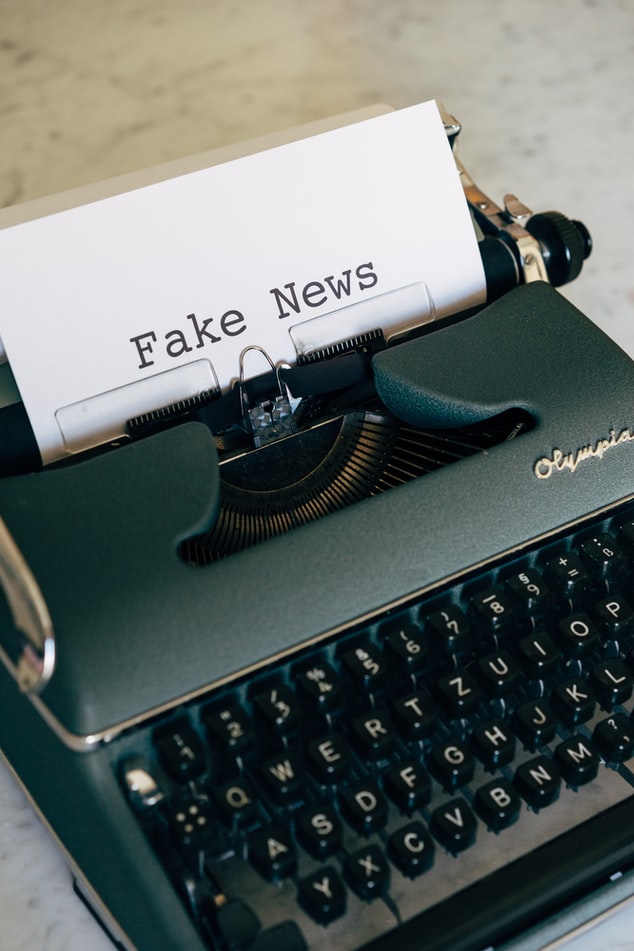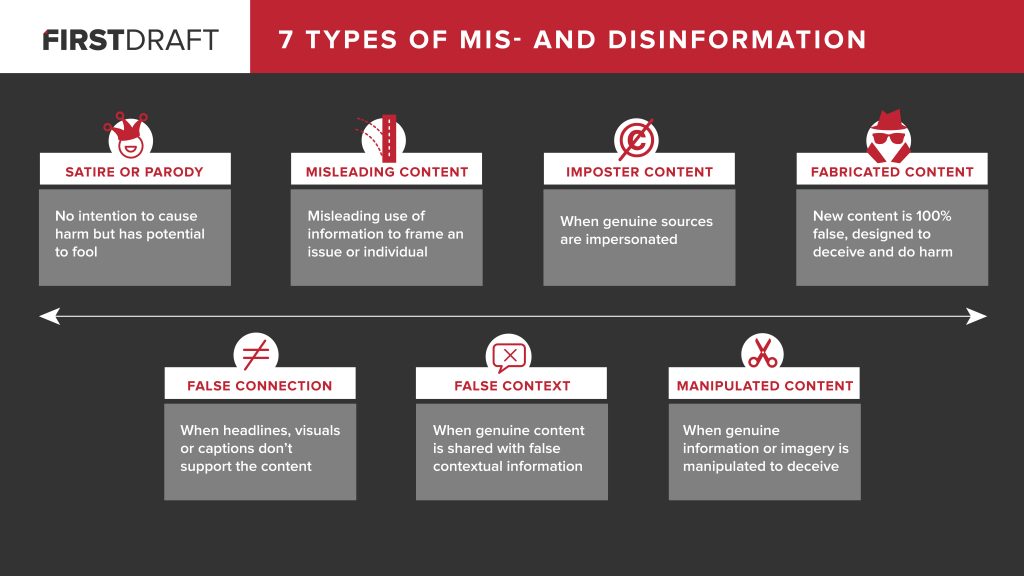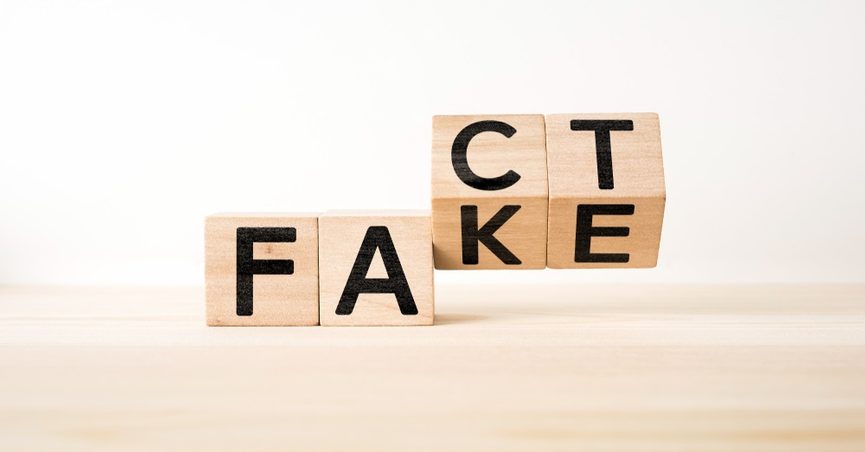By Stella Vasileiadou,
You see a headline. You rush to share it to the world. Have you ever wondered if it is real or not? Do you always check the source of what you post? As a matter of fact, fake news constitutes one of the greatest challenges taking place in the digital era.
Not everything we see online is trustworthy or real. We often come across eye-catching headlines, for example: “Celebrity endorses not using a deodorant” or “Joe Biden Calls Trump Supporters: Dregs of Society”, that are especially created to make us enter the website and read the article, whilst in most cases the latter is totally irrelevant to the headline. What is sadder, is that people often tend to believe every single thing they see online without even reading beyond the headlines, leading to a climate of confusion and inability to perceive reality as it is.
Fake news or False news?
The main difference between these two terms is that fake news is more narrowly understood as political news stories, whereas false news can refer to a broad spectrum of misinformation regarding environmental, health or economic issues.
Most common types of misinformation
Undoubtedly, the best example of misinformation is clickbait. Clickbait stories tend to use dramatic or sensational headlines to draw the reader’s attention but are factually incorrect. Their main goal is that such stories go viral and therefore earn cash.
Also, propaganda refers to stories created for a special purpose no other than the promotion of certain political views to mislead the audience, while the phenomenon tends to get more intense during the campaign season.
Plus, satire or parody is considered to be another means of misinformation that aims to intentionally spread fake news and stories for entertainment purposes such as the media company The Onion.
In addition, other types of misinformation include misleading headlines that refer to stories that are not completely inaccurate, sloppy journalism that results from inadequate research concerning the accuracy of the information shared by the writer and finally, biased or slanted news, referring to the act of choosing very specific articles to read in order to confirm our inner own beliefs , biases and stereotypes.
Simple ways to detect false news
First and foremost, do you even know this website? Does it happen to be a reliable source or are there even sources in the story? If it is your first time coming across that website, you should view the author’s profile and decide whether you should trust him or not.
Secondly, to spot misleading information, make sure you check the facts. Altered timelines and incorrect dates are a quite common sign that something is wrong in the story. When was this article written? Fake news writers tend to reproduce an issue from the past, put a provocative headline on it, hoping that it could go viral as a current event.
In addition, you should try to figure out if the content of what you are reading is a joke or not. Satirical sites are quite popular among people and sometimes it is not clear whether the story is a parody or a joke. Ask yourself: “What is this site known for, exactly?”.
Thankfully, there are fact-checking websites such as snopes.com, factcheck.org and PolitiFact.com and even https://www.ellinikahoaxes.gr/ while in the meantime, popular social media platforms such as Facebook and Google are struggling to put an end to the era of misinformation by urging their users to report suspicious articles.
A critical mindset: The key to success
While all the tips mentioned above could help you confirm the credibility of the information you just came across with, the most effective solution is to learn to be more vigilant against false information, starting with teaching students the importance of verifying the sources of their information used in their homework. For instance, videos, lesson plans, activities, and assessment guides are some tools that could really help teachers achieve their goal of ensuring that the next generation of global citizens is totally equipped to “develop” a critical-eye and identify reliable sources with confidence. Also, you should train yourself to manage your emotional response to such stories. “Am I being triggered?”, “Is this story trying to persuade me of a certain point of view?”, “Who wrote this?” are some questions that might help you not get caught out.
All in all, while the technological ease of copying, pasting, clicking, and sharing played a quite important role in the spread of misleading information, it is up to us and especially out mindset, whether we will be an easy target or not.
References
- WEBWISE , EXPLAINED: WHAT IS FALSE INFORMATION (FAKE NEWS)? Available here.
- MINDTOOLS, How To Spot Real and Fake News-Critically Appraising Information. Available here.
- University of Michigan Library , ‘’Fake News,’’ Lies and Propaganda : How to Sort Fact from Fiction. Available here.
- GCF Global . What is fake news? Available here.
- Business Insider , The 10 most-viewed fake-news stories on Facebook in 2019 were just revealed in a new report . Available here.







